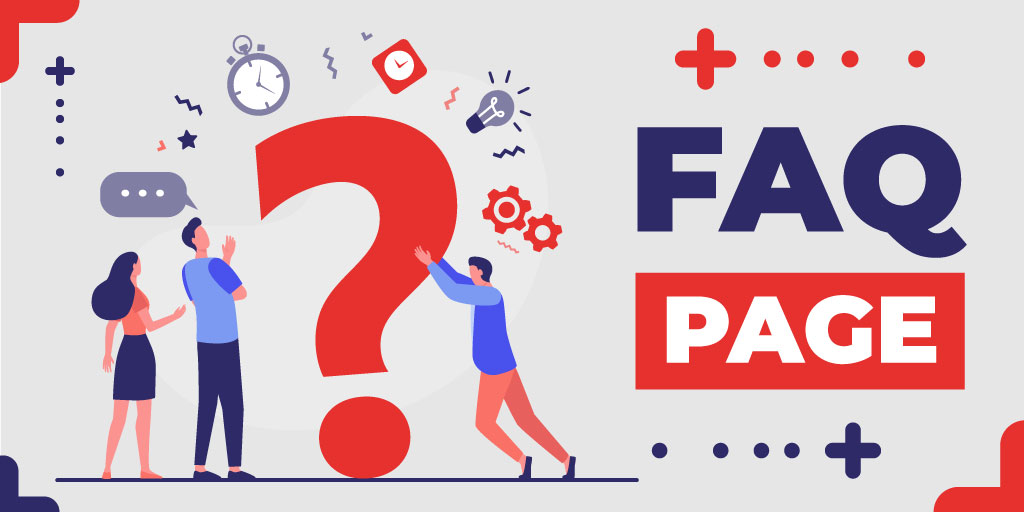An FAQ page is a list of Frequently Asked Questions. They are a compilation of questions that your customers are most likely to ask. For an activities business, these questions could include booking, payment and cancellation queries, childcare vouchers, safety and pick-ups, and drop-off queries.
FAQ pages are a staple on websites. Consumers have come to expect on-demand information, and FAQ pages are as on-demand as you can get! You might think that customers prefer the personal touch, but a good FAQ page can free up your staff’s time for more important tasks.
If you’re planning your FAQ page content, your best bet is to start here with these three tips.
1. Fill in your most common questions
There are a few common question topics you’ll be used to seeing in the activities sector. So when you’re deciding on the content for your FAQ page, take stock of those common conversations you have with customers. Pick emails and calls that you and your team see regularly and piece them together in a logical order. The best way is to look at how your sales work, so payment questions should come after questions on CRBs and Ofsted.
Try not to be too detailed. You want a clear and concise set of questions that customers can just skim through. The more complicated you make it, the more likely you are to be dealing with customers asking for clarification. Too detailed, and you might find you’re giving away company secrets! Format questions with numbered parts and sub-headings if necessary, but keep it simple. You want to reduce your workload, not increase it.
2. Pick a clear, concise tone
Similarly, try to make your FAQs as conversational as possible. Separate questions into small chunks of information. You may, for example, separate questions about when they can expect you to take payment and what childcare vouchers you accept. But if customers only seem to ask you about the childcare vouchers – then this should be where you focus your energy.
Take notice of how people say/word their questions too. Compose your content from your customer’s point of view, using their wording as the basis for how you word your FAQs. Add in pronouns like ‘me’ or ‘my’ so a question on childcare vouchers would be: “Can I pay with my childcare vouchers?”. This mimics their question and is often how people might word it in a search engine.
3. Measure the impact of your FAQs
Measuring the impact means determining how often these common questions are asked after you’ve put the answers in your FAQs. If customers are still asking the same questions or somehow having an even harder time understanding what’s going on, then you definitely have some work to do.
After this, you will want to focus your sights on your FAQ web page performance. If it’s performing well, you’ll see the dividends in tracking your online visits, reading time, and skip rate. Be careful though. Don’t always think the worst if these are short periods of time. Too short, and they might not be interested in your product, and too long means they might not be worded clearly enough. Check in, so they will check out!
Remember adding an FAQ page can increase your site’s SEO and reduce your workload, even if you’re still receiving some questions that they can find in the FAQs. Use simple email templates to send them to your FAQ page with a description of the FAQ that will answer their question when they get there.









